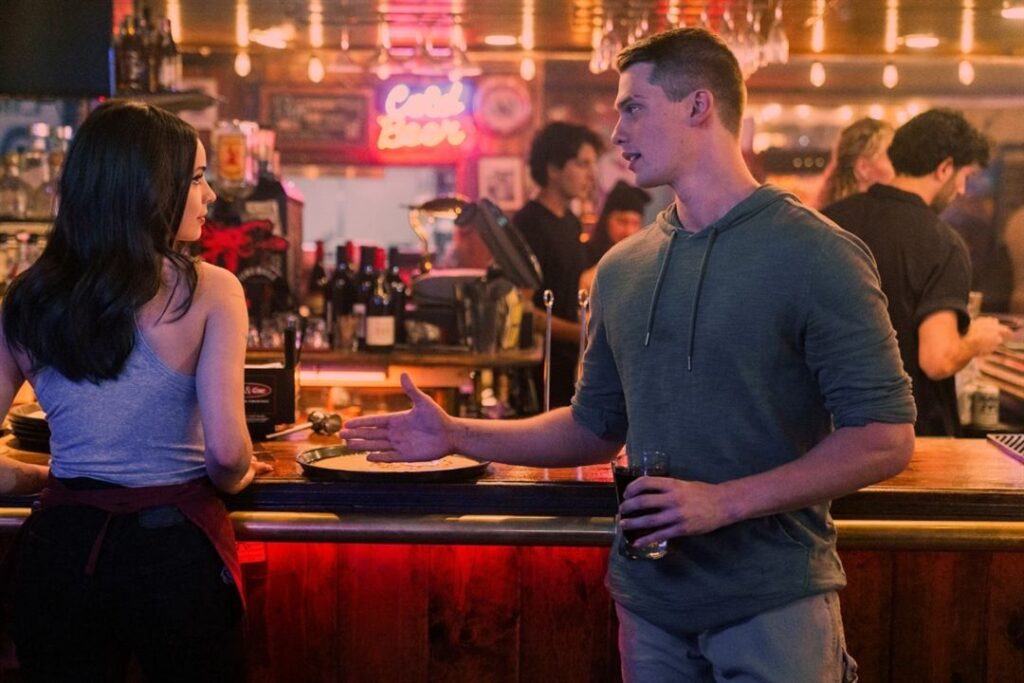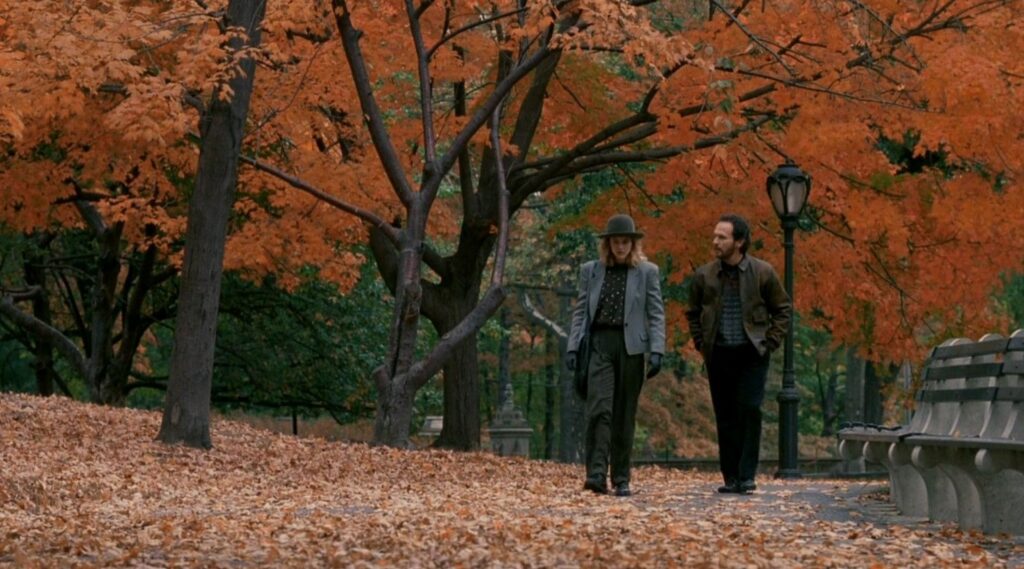
The 18-year-old singer and songwriter Olivia Rodrigo announced her debut album to release on May 21, 2021, following the massive success of her singles Drivers License and Deja Vu. Alongside the title and release date, Rodrigo also released the tracklist. It reads as follows:
Just from glimpsing the titles, you can get a clear sense of the story that Rodrigo is trying to tell listeners. They detail the stages of heartbreak and grief: denial, anger, bargaining, depression, and acceptance. Every song has a place in at least one of the categories.
“brutal”
The first track of the album “brutal” is filled to the brim with teenage angst. Rodrigo characterizes herself as “exploited” and “insecure,” yet she is expected to relish life. While illustrating all of her pain, Rodrigo takes a cynical approach, only commenting on it by singing, “God! It’s brutal out here.” Regarding the timeline, it can be inferred that “brutal” occurs either before or during her breakup.
“traitor”
“traitor” deals mostly with denial as Rodrigo scoffs at how quickly her ex has moved on from her after their breakup. Regardless of when he started falling for this new girl, Rodrigo feels “betrayed” by being so cavalierly tossed aside. She admits that she knows he’ll “never feel sorry,” demonstrating how emotionally detached her former partner is from their relationship already. She repeatedly asks, “ain’t it funny?” but her pain throughout this wispy yet powerful ballad does not go unnoticed.
“drivers license”
Rodrigo’s most notable song, “drivers license,” structurally resembles an emotional breakdown. It starts softly, but as the song progresses, both the backing track and Rodrigo’s voice grow louder and more dominant. At its peak, Rodrigo can be heard belting her words as if she is in agony. Denial is expressed heavily in “drivers license” as she cannot believe that her ex-boyfriend is truly gone. She writes that “[he] said forever, but now [she] drives alone past [his] street,” in an attempt to grapple with what she has lost.
“1 step forward, 3 steps back”
In “1 step forward, 3 steps back,” Rodrigo ponders how toxic, and from an outside lens, immature, her relationship was. She cleverly uses multiple personalities to describe this boyfriend, asking “which lover will [she] get today?” Rodrigo also heavily discusses her guilt, which is attributed to the emotional manipulation she faced in this relationship. Despite the relationship’s obvious and dangerous flaws, Rodrigo still longs for it, expressing how it’s “all [she’s] ever had.”
“deja vu”
“deja vu” is all about similar situations, specifically Rodrigo’s similarities to her ex’s new girlfriend. It details Rodrigo’s ex repackaging qualities of their relationship, including dates and old jokes, in lines such as “she thinks it’s special, but it’s all reused.” Unlike the other tracks on SOUR, “deja vu” is the only one reminiscent of dream pop/bedroom pop, which is made possible with dreamy production additions.
“good 4 u”
After its release, “good 4 u” took the internet by storm. Its punk-pop sound instantly drew a comparison to “Misery Business” by Paramore. Rodrigo’s bitter lyrics portray her intense anger and hatred towards her ex-boyfriend, the most biting of all being “screw that and screw you, you will never have to hurt the way you know that I do.” The title and lyric “good 4 u” also exude disingenuous sincerity as Rodrigo wishes he would feel even a semblance of what she’s experiencing. It showcases her range and power as a vocalist as well as her talent as a lyricist.
“enough for you”
“enough for you” is an extremely raw and acoustic tale of Rodrigo’s efforts to conform to her ex-boyfriend’s pleasures. Despite the fact that she “knew how [he] took [his] coffee and [his] favorite songs by heart,” Rodrigo was still left in the dark. The reflections upon confusion and disbelief entailed in “enough for you” strongly resemble what people experience when faced with a breakup. Rodrigo’s desperate desire to “be enough” firmly marks the transition into the depression stage of grief.
“happier”
In “happier,” Rodrigo is beginning her upturn. The lyrics describe her desire to move on- but undoubtedly hold lingering emotions beneath the surface. The catharsis in “happier” is extreme as Rodrigo selfishly insists that she hopes “[he’s] happy, but [not] happier” than he was with her. It is indicative of Rodrigo’s inner struggle to free herself from the clutches of this relationship.
“jealousy, jealousy”
“jealousy, jealousy” illustrates petty teenage envy and details Rodrigo’s desire to be someone else. It is seemingly unrelated to her ex-boyfriend, but it arguably represents her jealousy of those “living the life,” which includes having a partner. Its position in the album also demonstrates the non-linear nature of healing as it fits into the bargaining category.
“favorite crime”
Rodrigo has finally come to terms with her breakup in “favorite crime,” realizing that it was toxic and damaging. Metaphorically, Rodrigo’s relationship represented a crime, and her ex-boyfriend was the criminal. She includes that he “used [her] as an alibi,” expressing his frequent wronging of her. Ultimately she hopes that she was his “favorite crime” and rejoices in the relationship’s end.
“hope ur ok”
The final song on the album, “hope ur ok,” falls into the category of acceptance. It follows the story of how Rodrigo “knew a boy once,” alluding to her ex-boyfriend, and now hopes that he’s okay even if they aren’t a part of each other’s lives. She also brings in the topic of her childhood friends, steering the subject away from only her ex. The haunting production of “hope ur ok” closes out SOUR on a foreboding note.
Olivia Rodrigo has gone from a Disney child actress to a merited artist overnight with her debut of SOUR. She draws inspiration from artists such as Avril Lavigne and Paramore, who provide pop-punk influences, along with Taylor Swift and her incredible storytelling. Swift’s inspiration also heavily extends to SOUR because they both nail the precise language for an imprecise, complex emotional situation. They also both work through private stories in a public fashion.
Upon its debut, the lyrics of SOUR were so unbelievably relatable to me that I developed a deep emotional connection to them. They were incredibly reminiscent of my prior relationship and in a way helped me find closure and acceptance in myself. I find it remarkable that Rodrigo was able to write songs so personal yet so widely relatable. SOUR has set high expectations and undoubtedly sparked excitement in me for Olivia’s future works.


